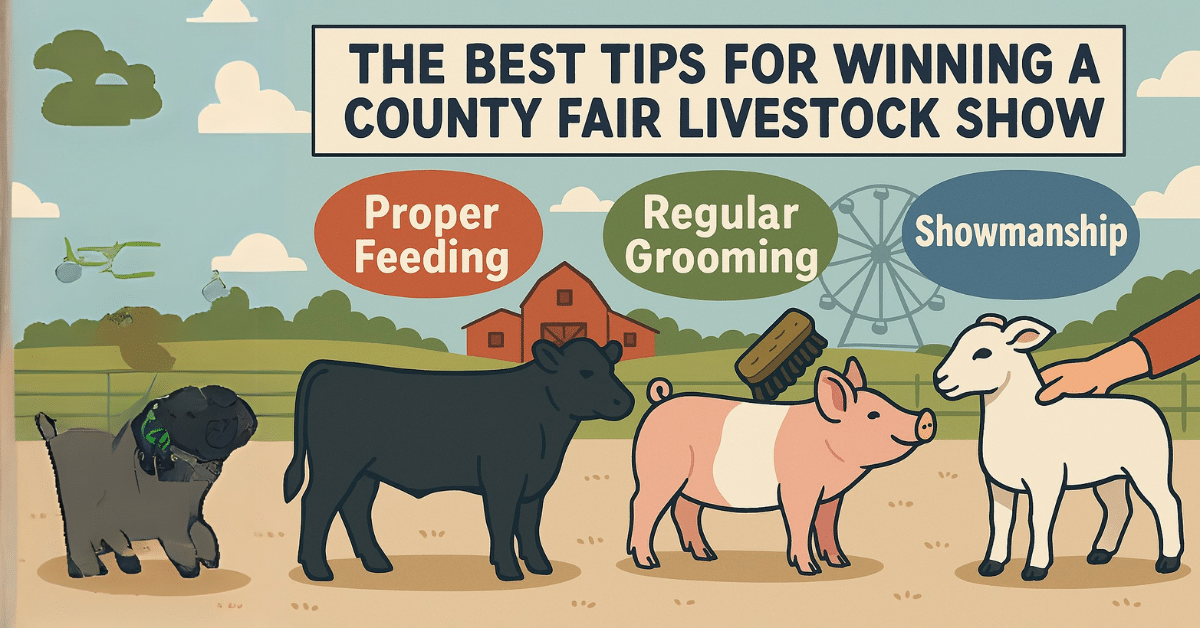Cow Pasture Care 101: Insights From County Fair Experts
Maintaining a healthy pasture is one of the most important aspects of raising cattle. Whether you're running a small family farm or preparing your prize cow for the next county fair, pasture care plays a key role in the health, appearance, and behavior of your herd. Top Cow Pasture Care 101 Solutions Many county fair experts stress that good pasture practices are often what set apart blue-ribbon animals from the rest. This guide brings together practical advice rooted in real farm experience and county fair traditions. Why Good Pasture Management Makes a Difference Cattle that graze on well-managed pastures are often healthier, calmer, and in better condition than those raised in crowded feedlots. Pasture-fed cattle typically develop stronger immune systems, maintain a better weight balance, and require fewer medical interventions. At county fairs, judges often comment on the overall appearance and muscle tone of animals factors influenced by both genetics and nutrition. Beyond the fairgrounds, the benefits carry over into breeding programs, milk production, and even meat quality. For small-scale and family-run operations, pasture care is not just about feeding it's about stewardship. The Basics of Cow Pasture Health A quality pasture doesn’t happen by accident. It takes planning, maintenance, and seasonal adjustments. Key components of a healthy pasture include: Diverse Forage: A mix of grasses and legumes like fescue, clover, and alfalfa supports nutritional needs. Proper Drainage: Waterlogged soil can lead to hoof diseases and poor forage growth. Space Management: Overcrowded pastures lead to overgrazing and stressed soil. Rotational Grazing: Dividing your pasture into sections and rotating cattle allows grass to recover and reduces parasite loads. Farmers who show cattle at county fairs often implement rotational grazing using portable fencing. This helps maintain forage quality and keeps animals conditioned with daily movement. Tips from County Fair Champions Families who consistently produce winning livestock don’t just focus on grooming and training. Their efforts start from the ground up literally. Soil Health Comes First Before planting anything, they test their soil to identify pH levels and missing nutrients. This allows them to apply the right amount of lime, phosphorus, or potassium needed for forage to thrive. Smart Seed Selection Choosing the right grasses is more than just picking what’s popular. It depends on the region, season, and cattle breed. Some prefer cool-season grasses like ryegrass and orchardgrass, while others add legumes for nitrogen fixation and protein. Fencing for Flexibility Electric fencing systems are commonly used by 4-H and FFA families. They make it easier to control grazing patterns [...]








